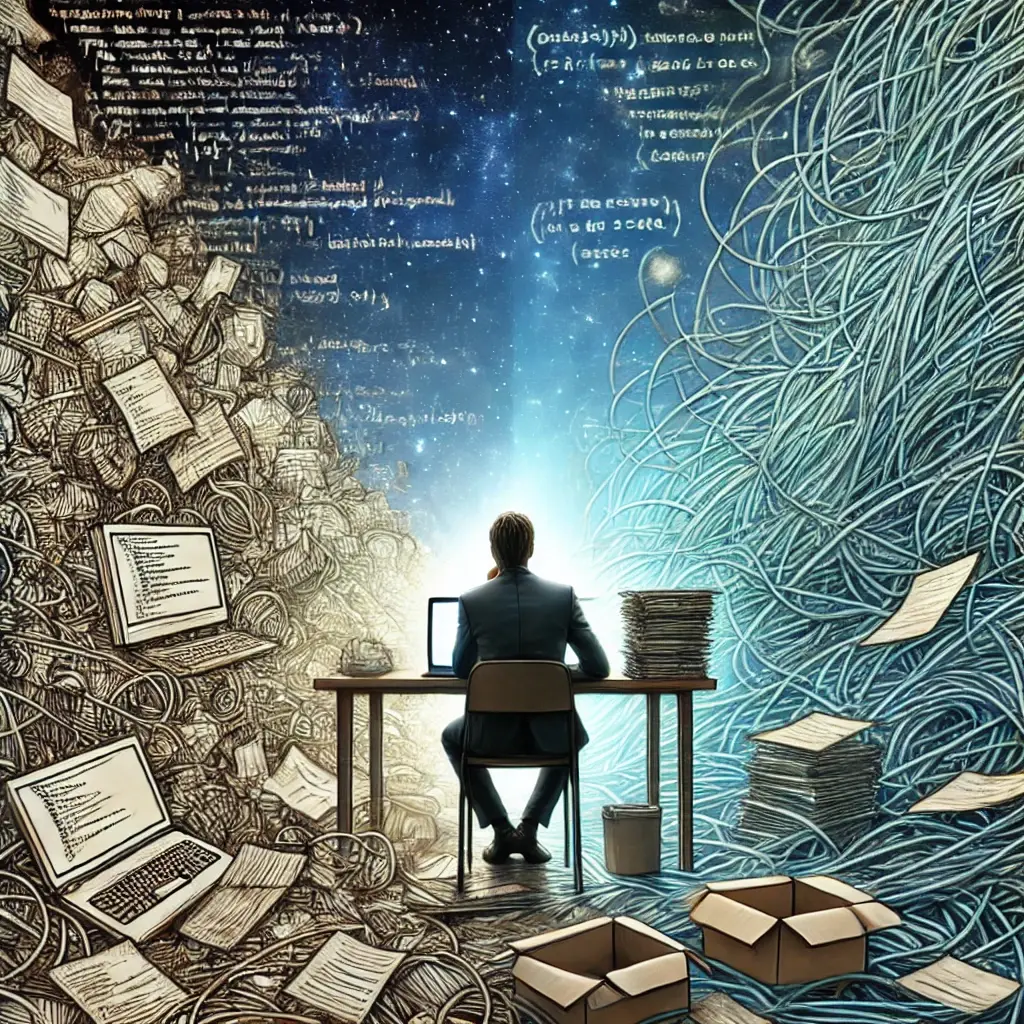
Have You Ever Been Confused About “Clean Code”?
If you find yourself pondering how to implement clean code, you’re not alone. For many software engineers, including myself early in my career, the idea of writing perfect code from the start seemed crucial. However, that couldn’t be further from the truth. 🚫
My Approach to Clean Code
When tackling a new problem, I start by making things work in the simplest, messiest way possible. I don’t worry about design or abstractions; my goal is just to get the solution up and running. This approach helps me:
- Understand the core of the problem
- Grasp the basic structure of the solution
Once I have a working prototype, I review the code to identify potential abstractions that could make it more maintainable and readable. After implementing these abstractions, I discuss them with my colleagues. This collaborative review helps us determine:
- If these abstractions are beneficial
- Or if they introduce unnecessary complexity
Code Has a Shelf Life
It’s important to remember that code has a shelf life. Not every piece of code or feature is permanent. We need to think about deleting code just as much as we think about writing it. Optimizing for the removal of unnecessary code can often be more beneficial than adding more layers of abstraction.
Abstraction Consideration
Consider how often your team will reuse an abstraction. If it’s something that will be adapted and reused frequently, it’s worth investing the time to refine it. If it’s a one-off solution, extensive abstraction may not be necessary.
Clean Code Is a Journey
Clean code is a journey, not a destination. It’s about finding the right balance between functionality and maintainability, and constantly evolving as you learn and grow.
How are you writing “clean code”?